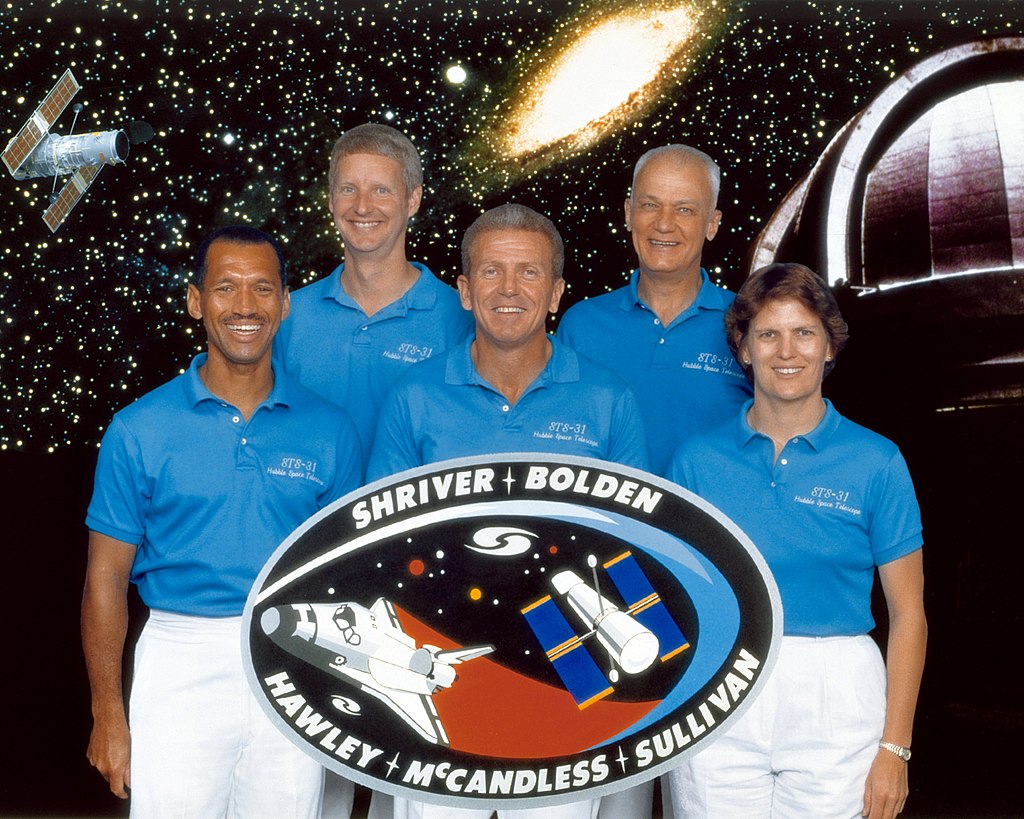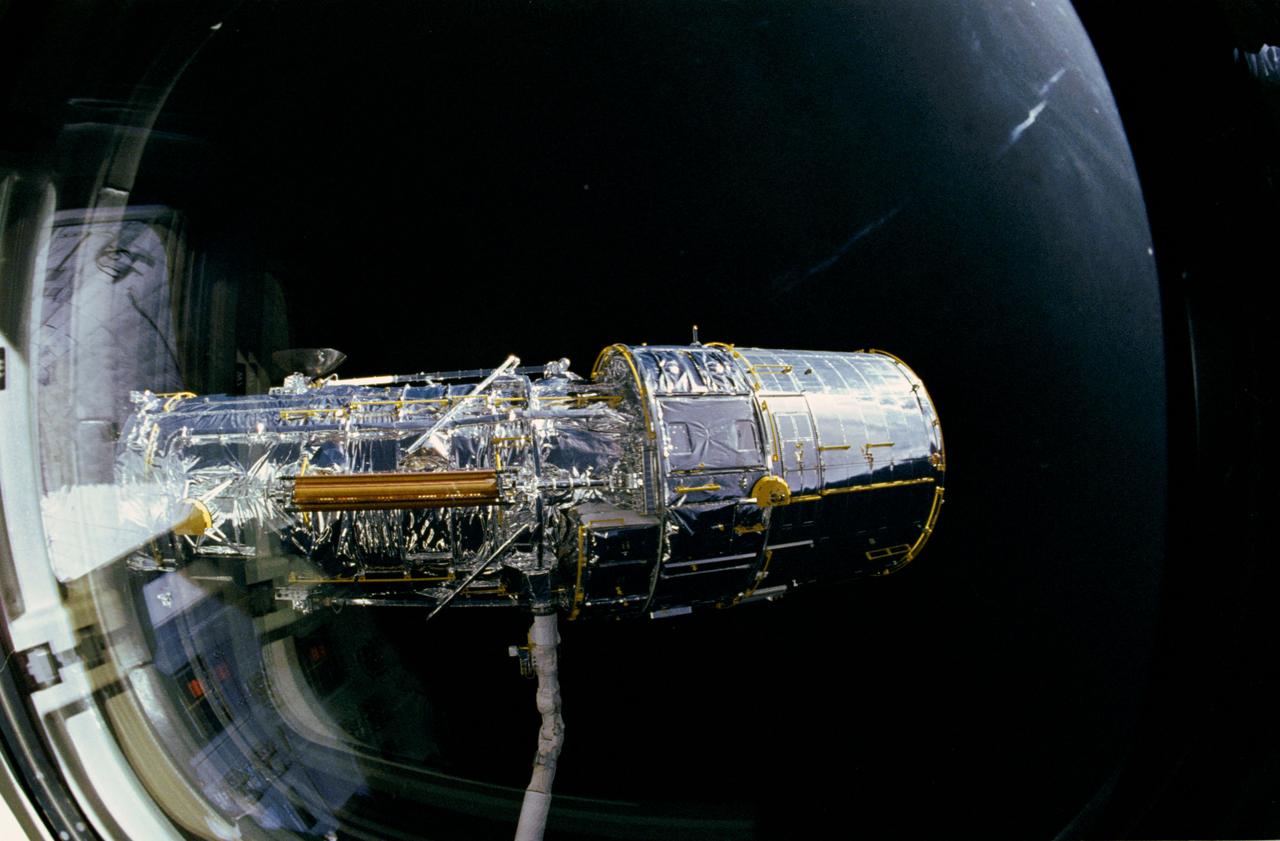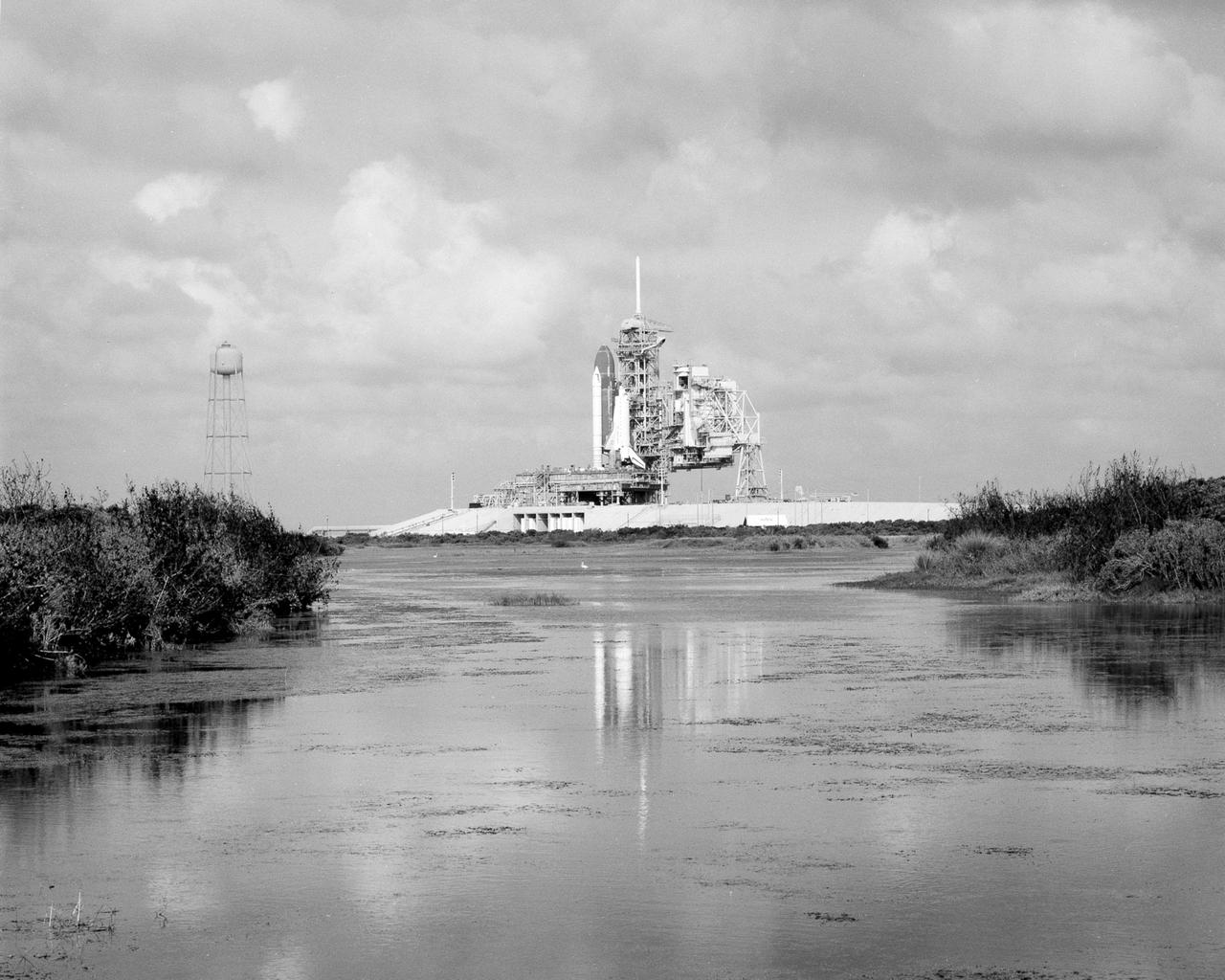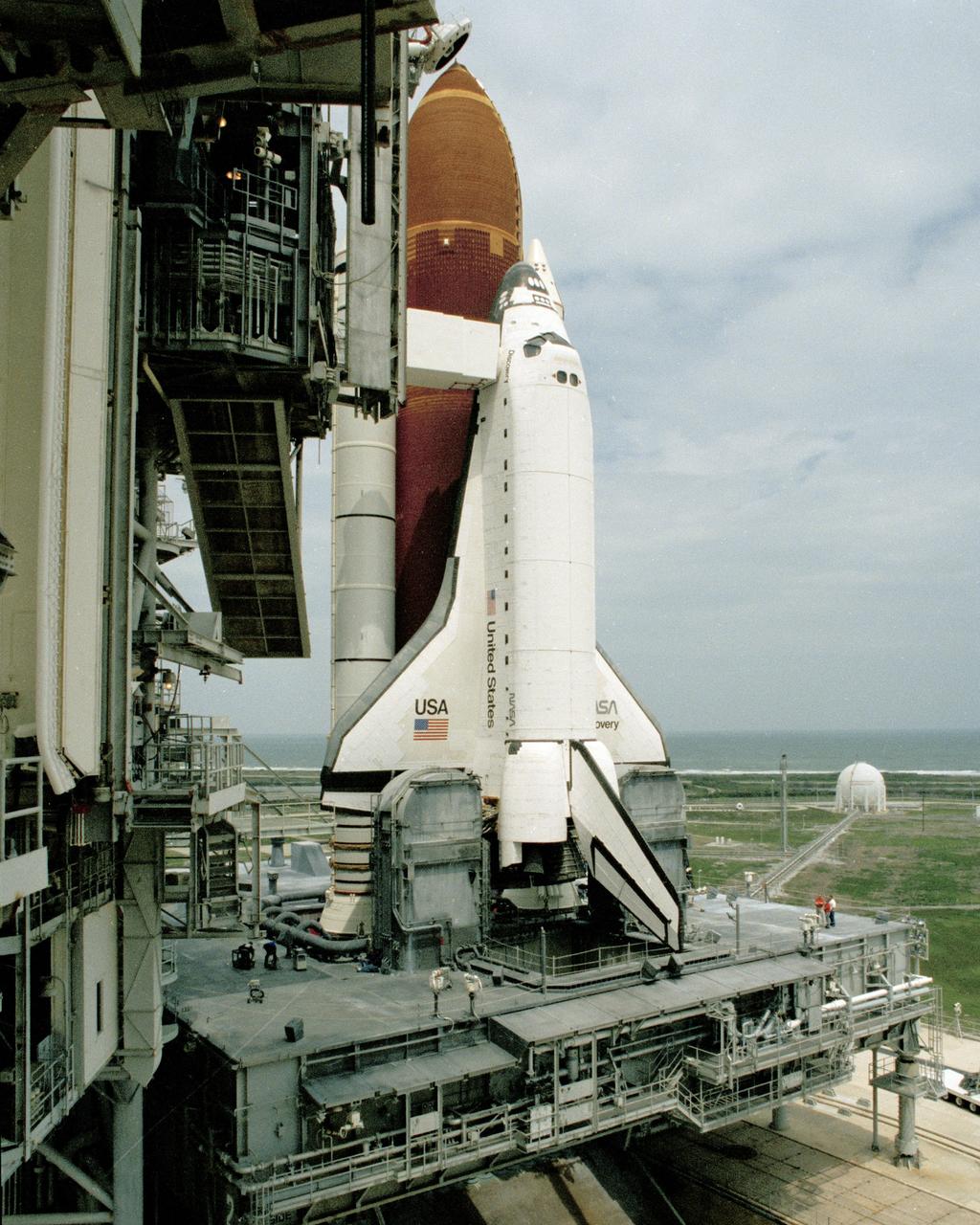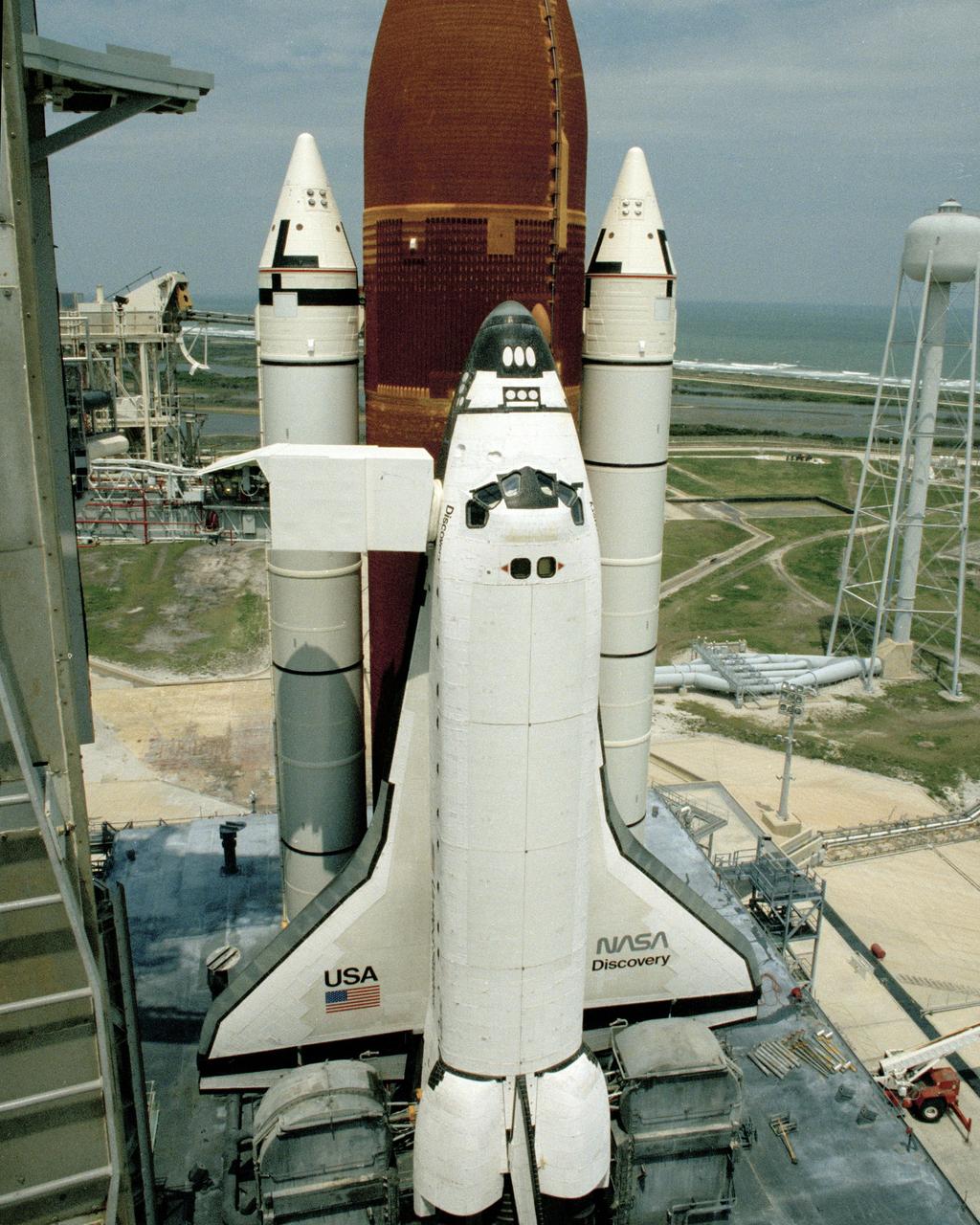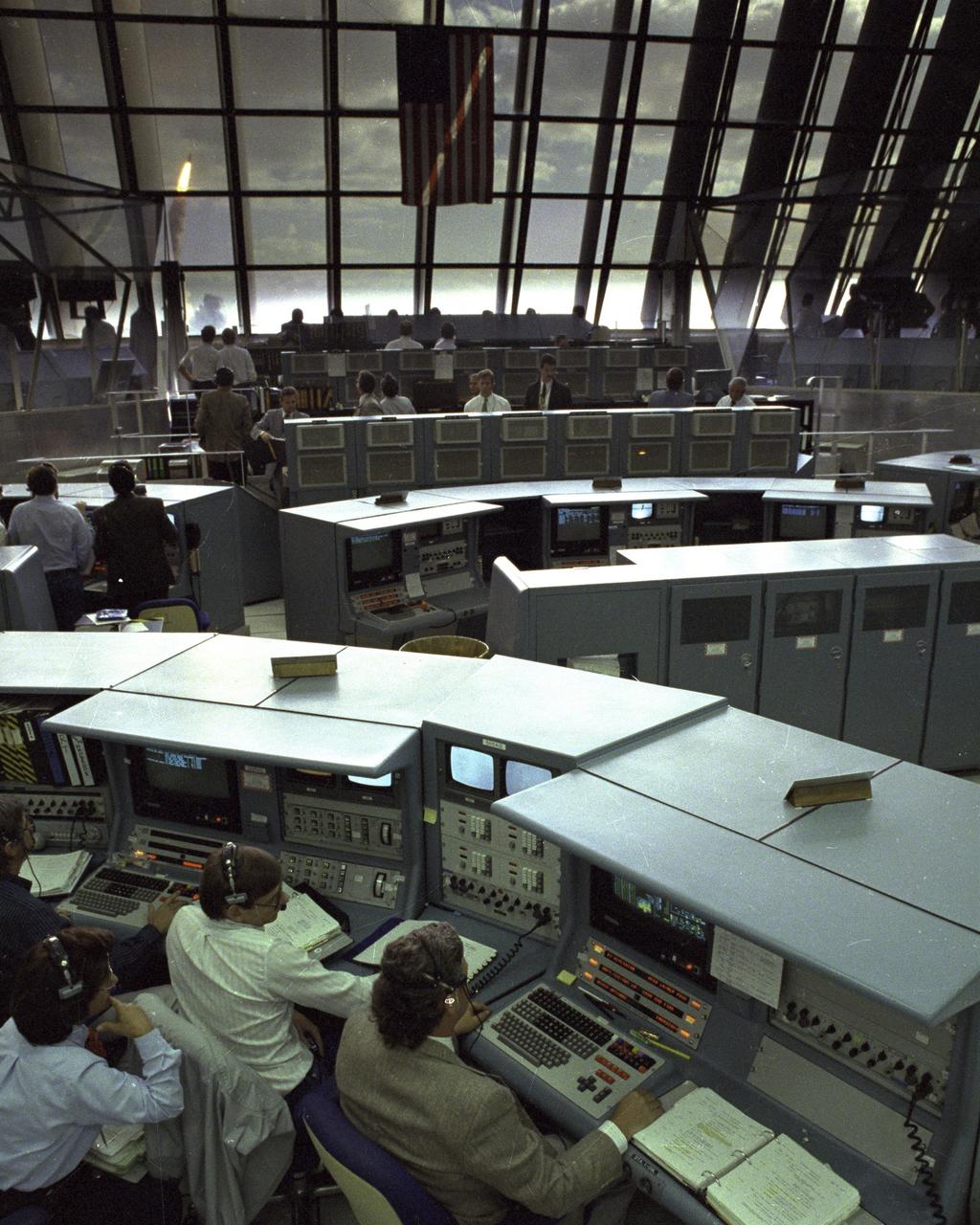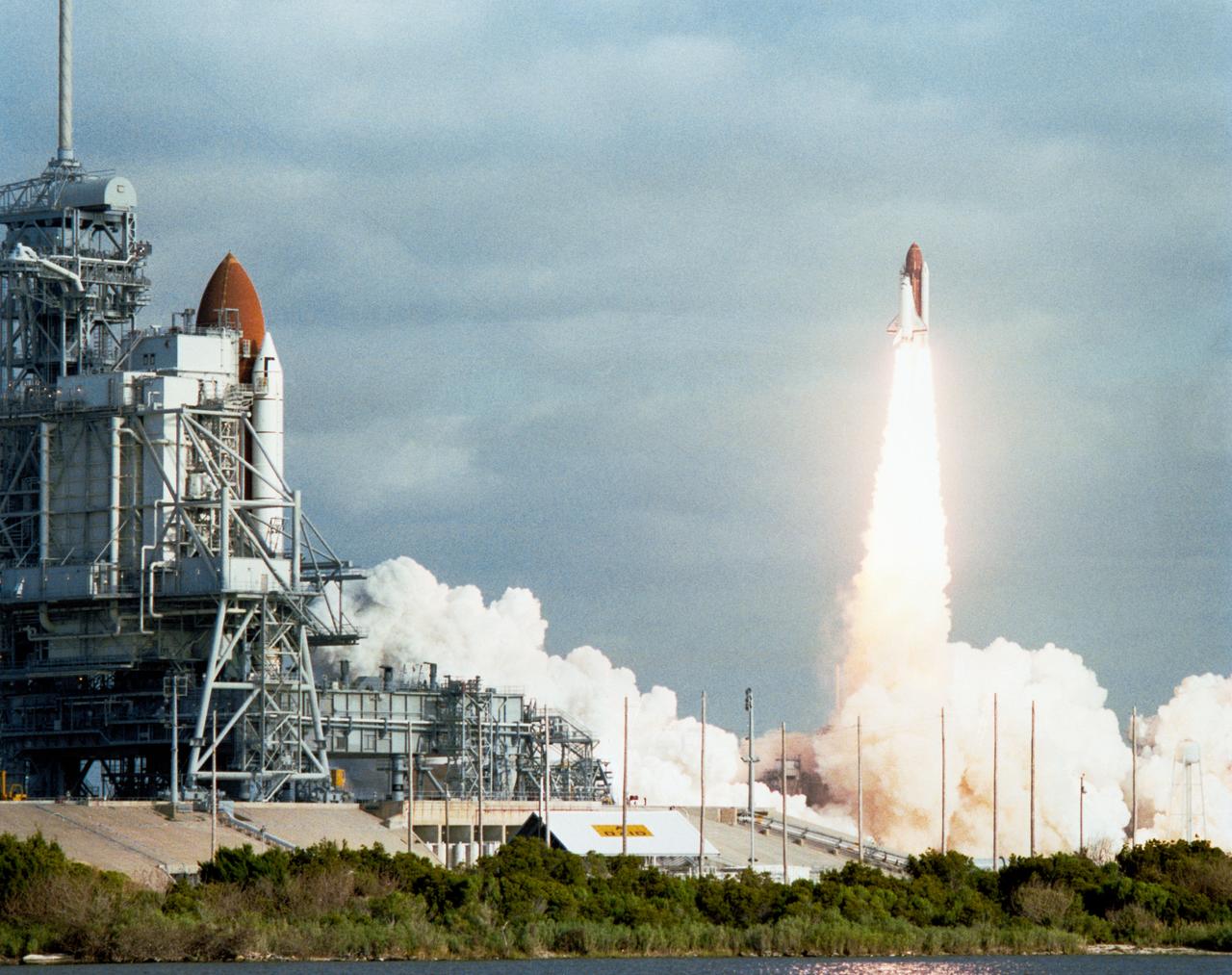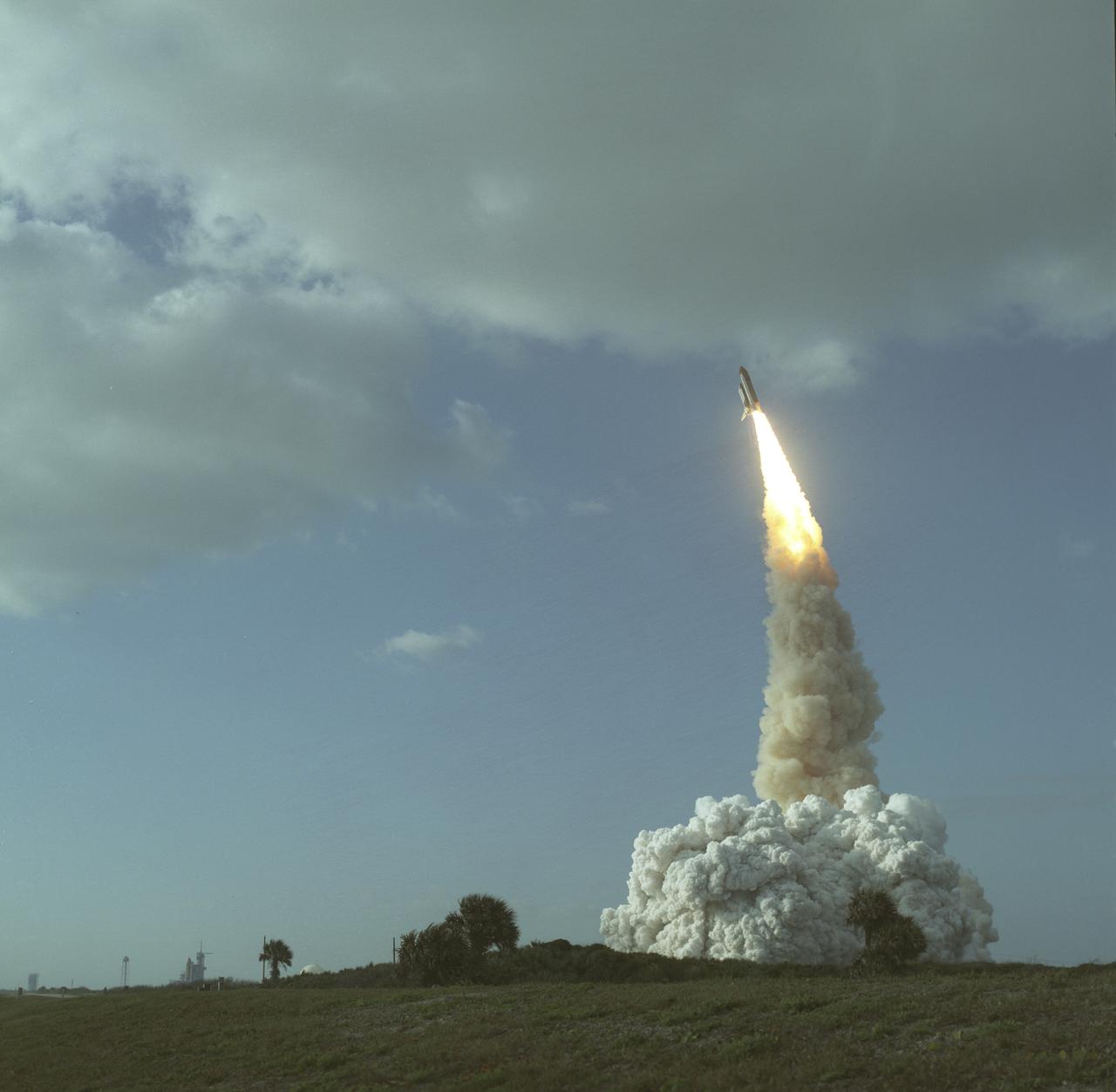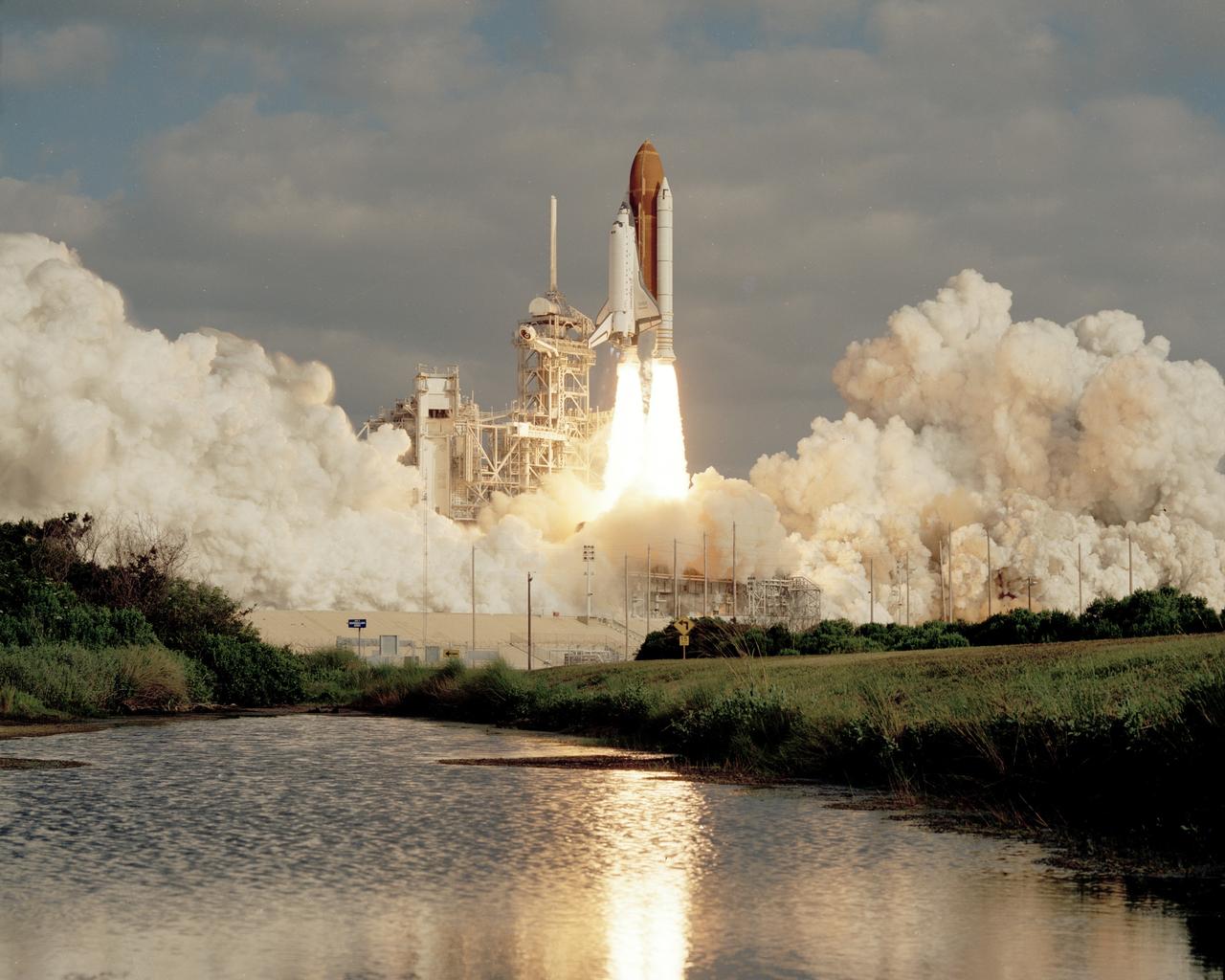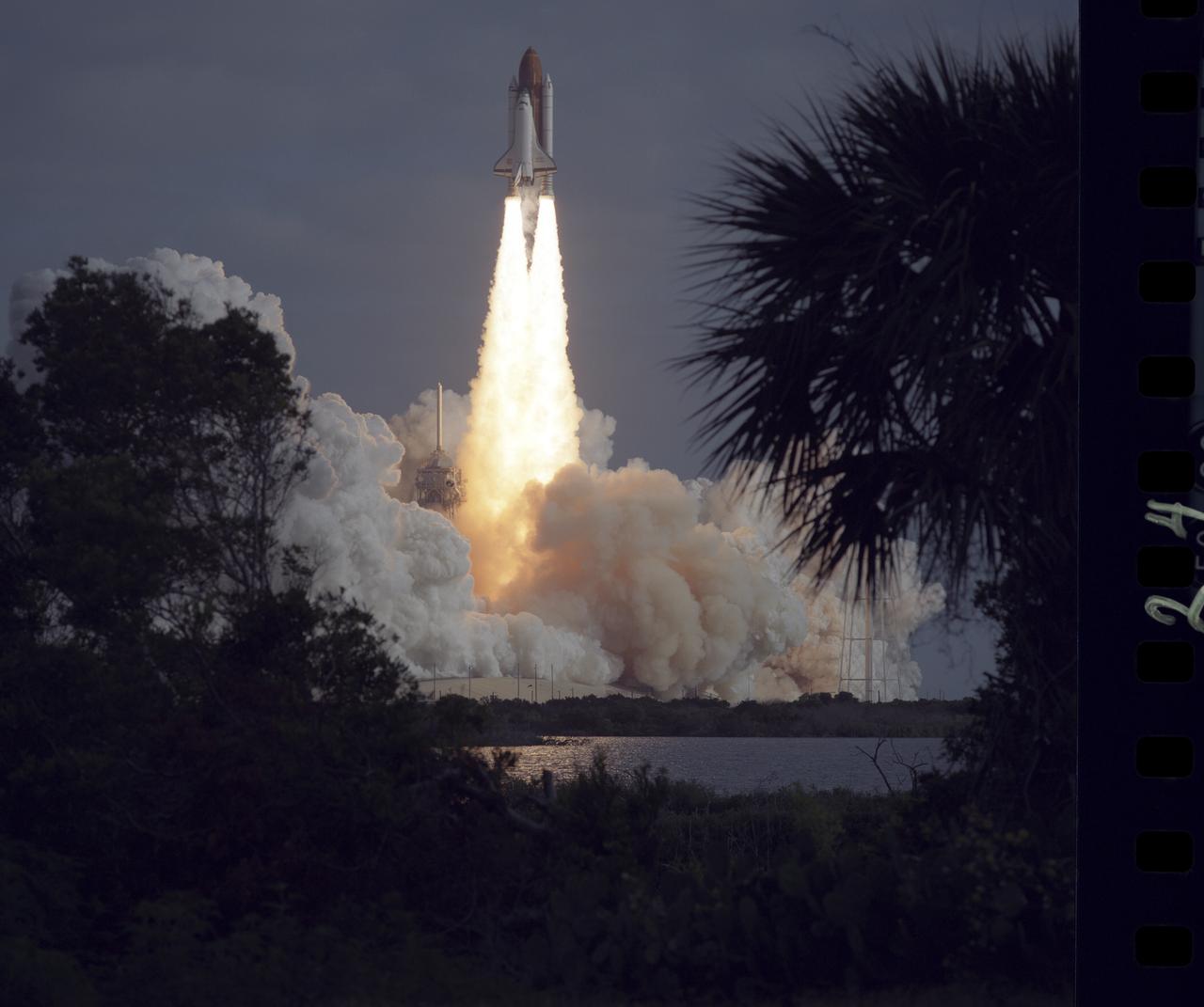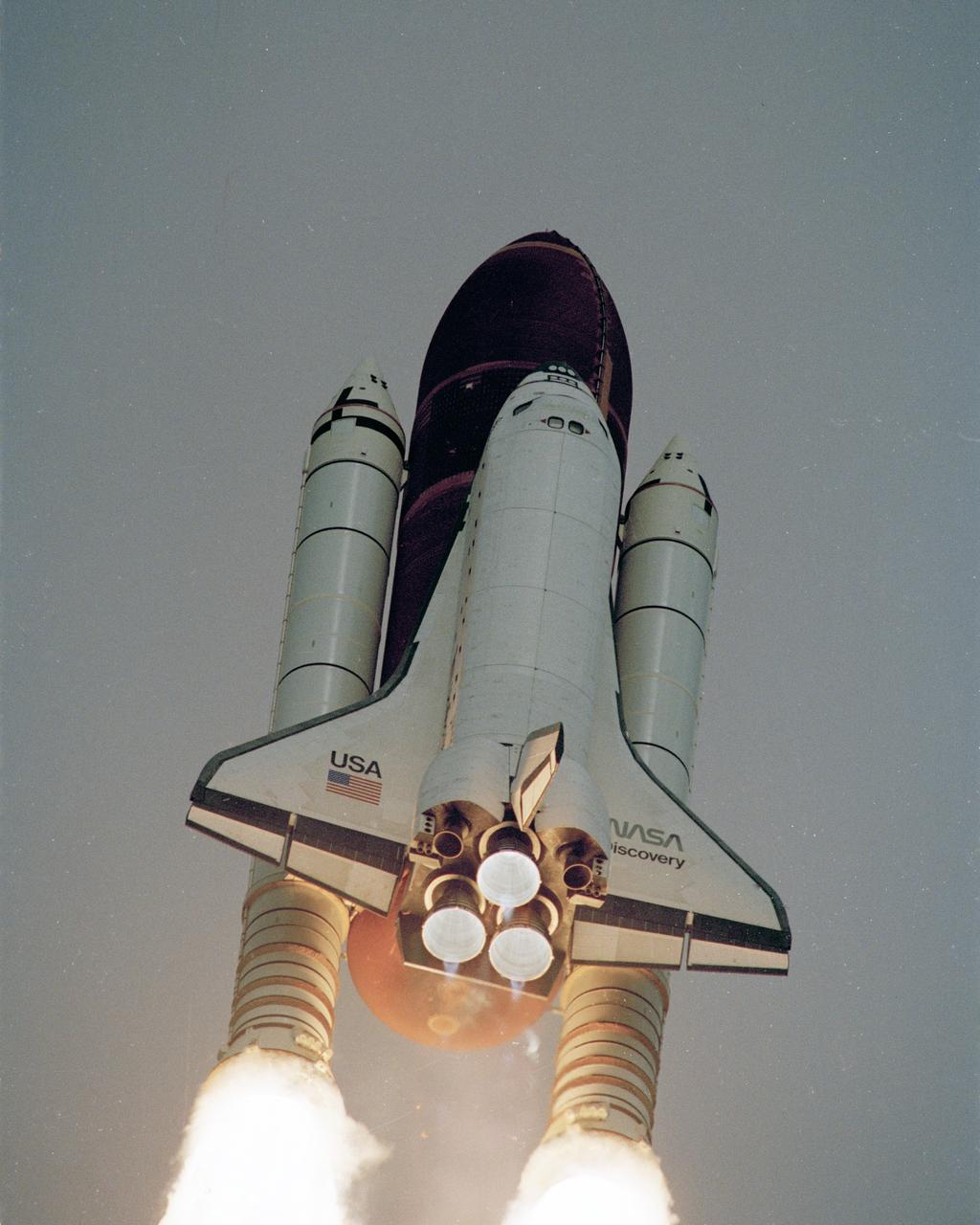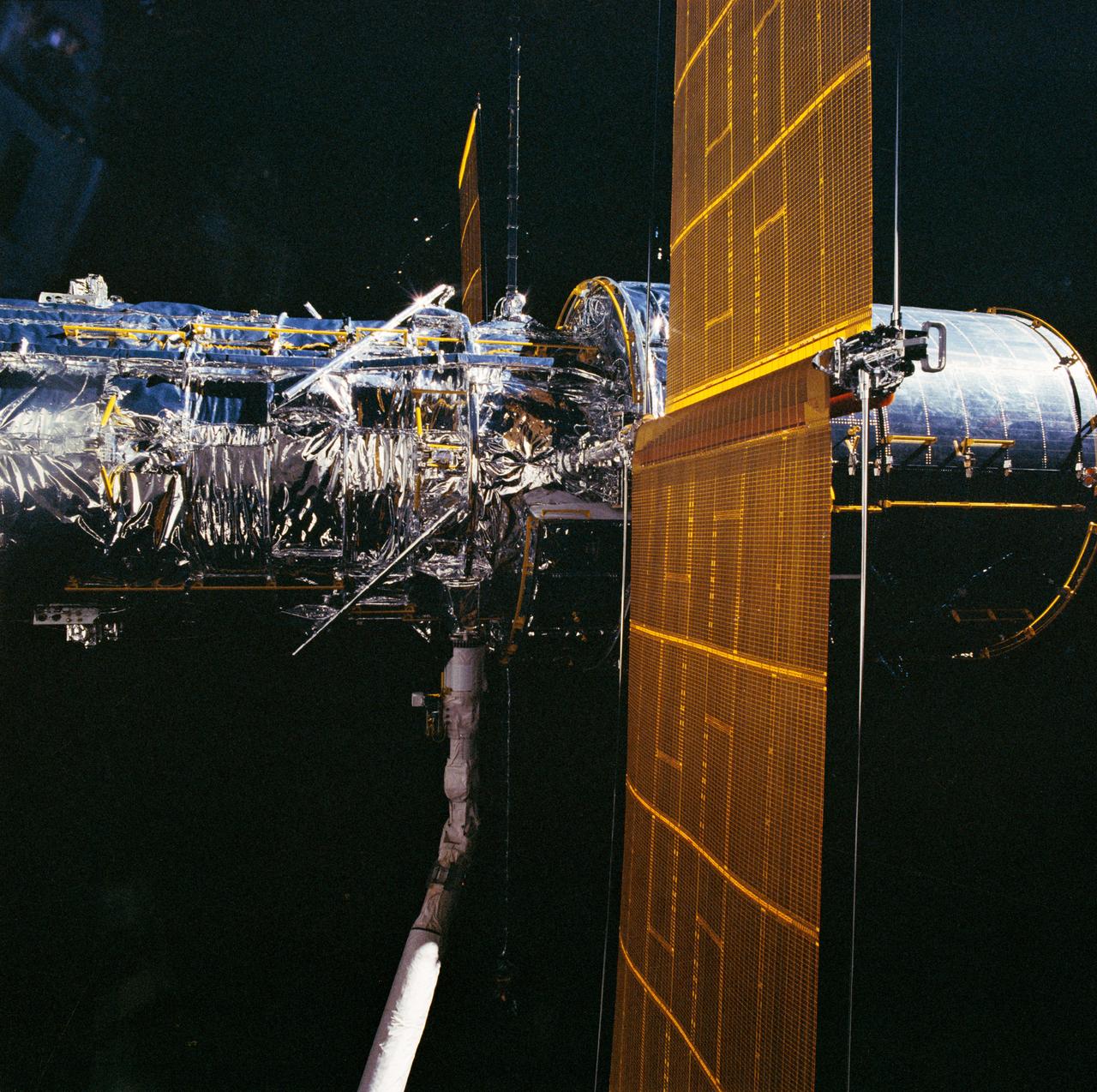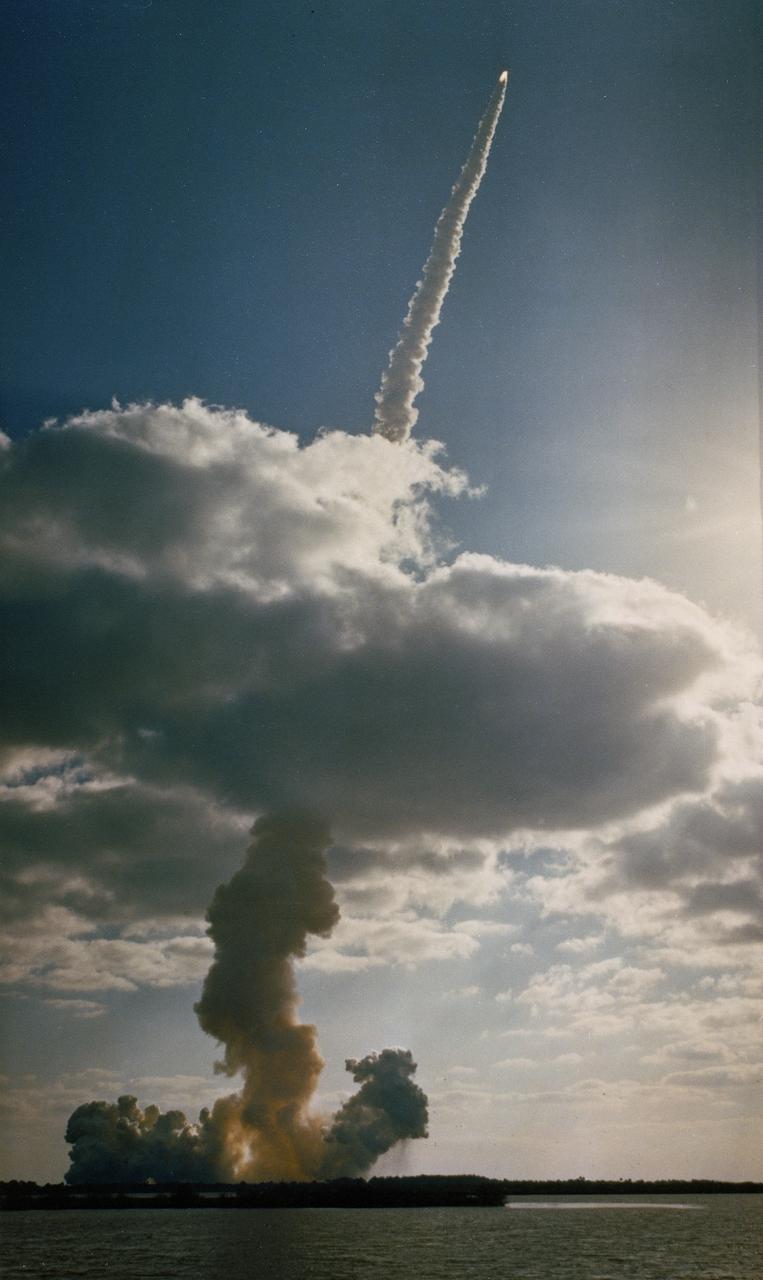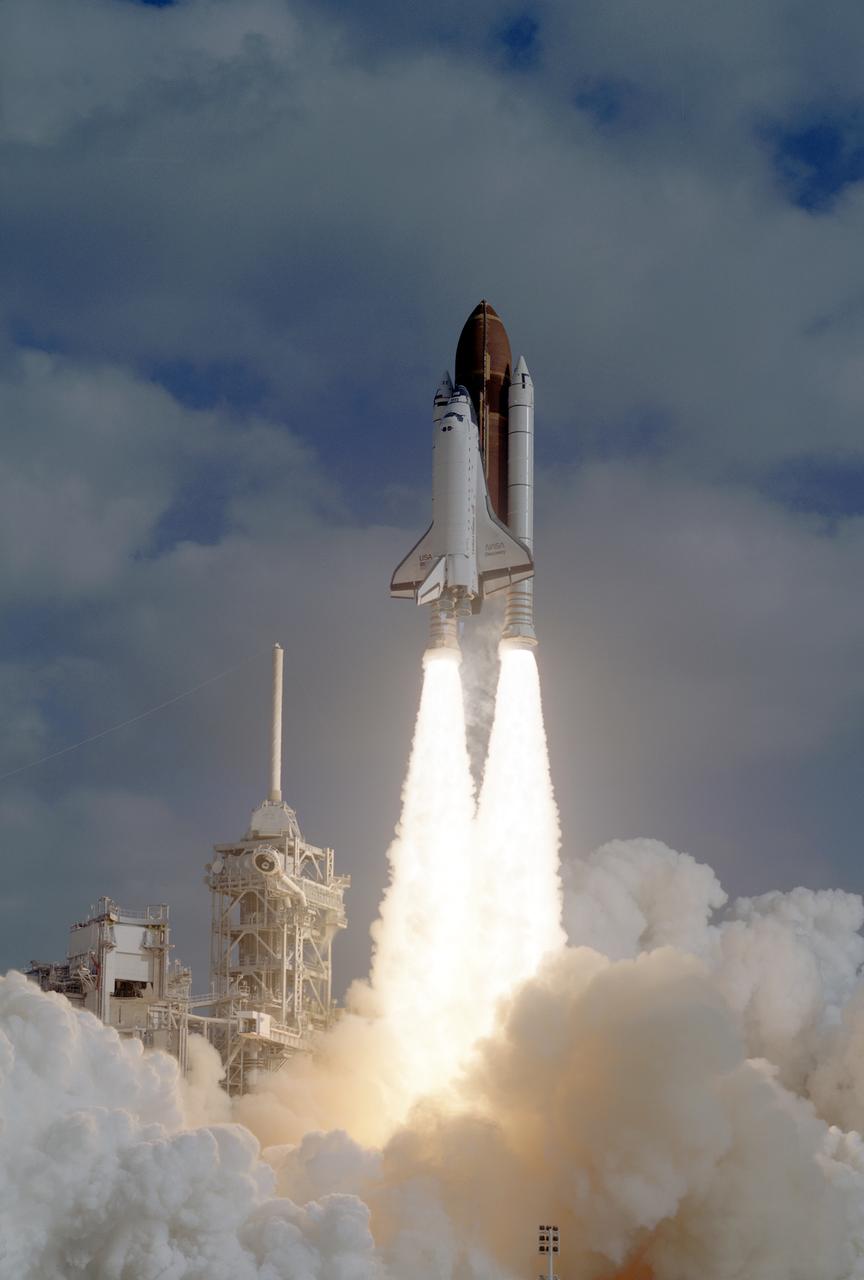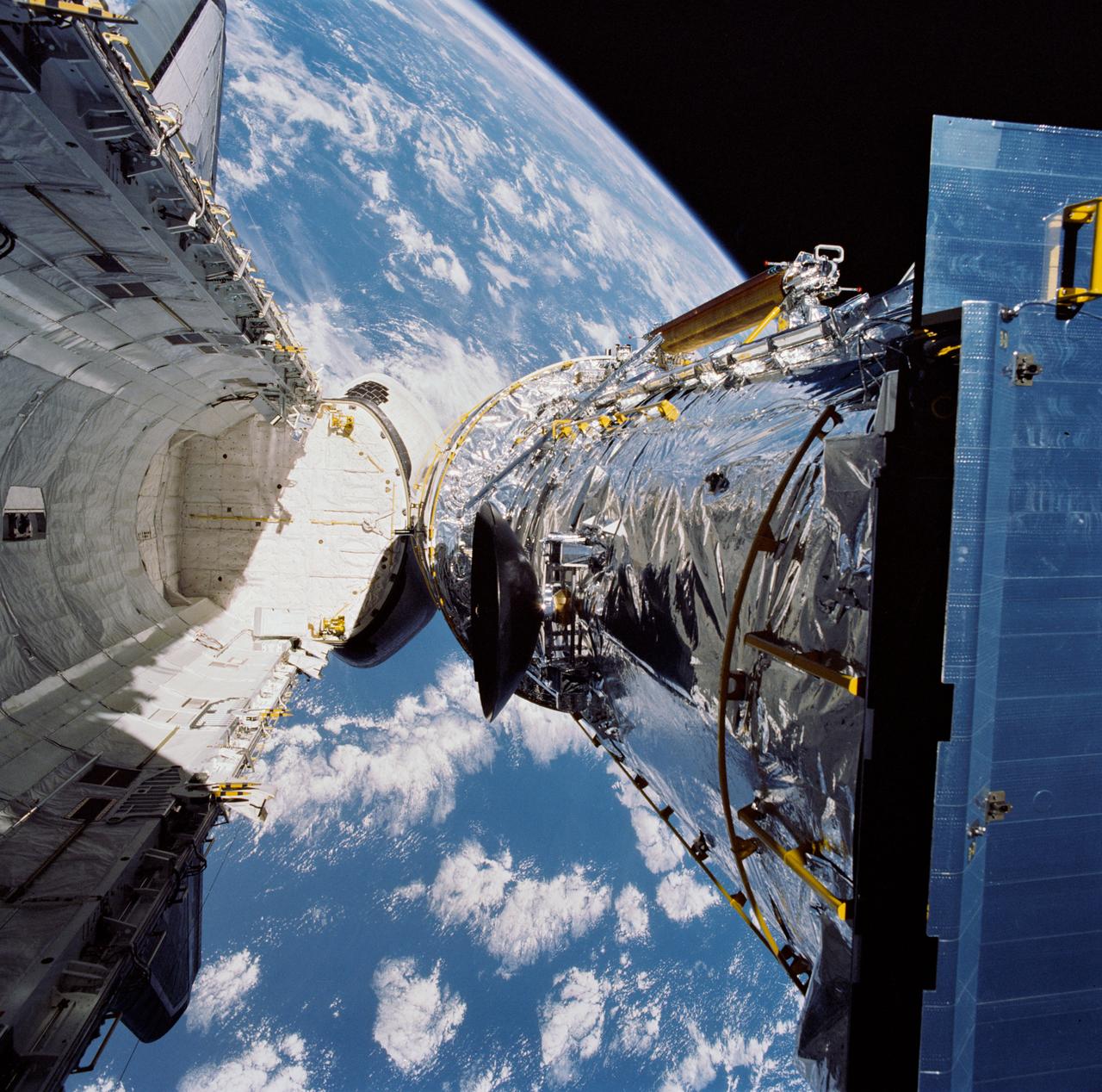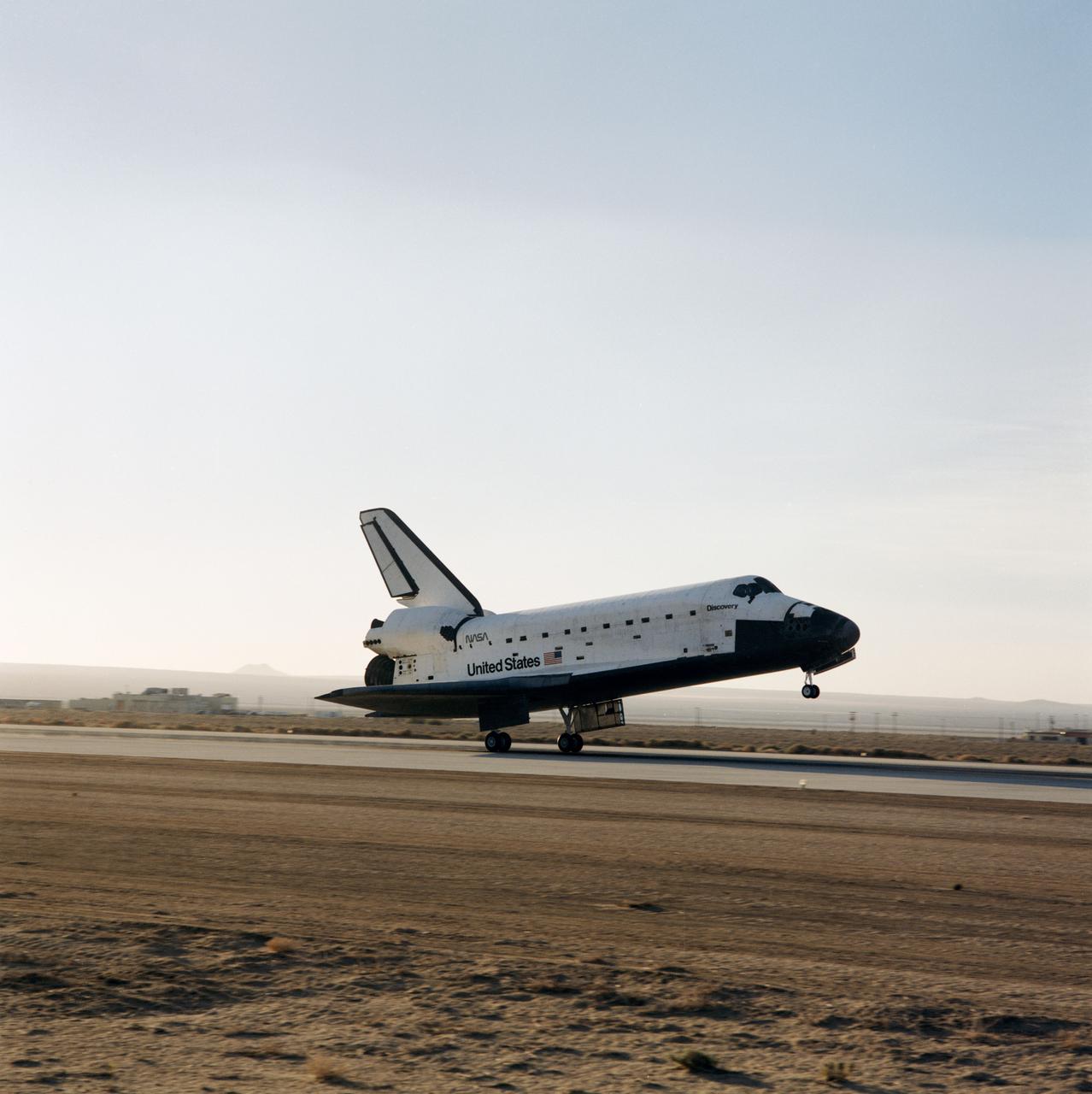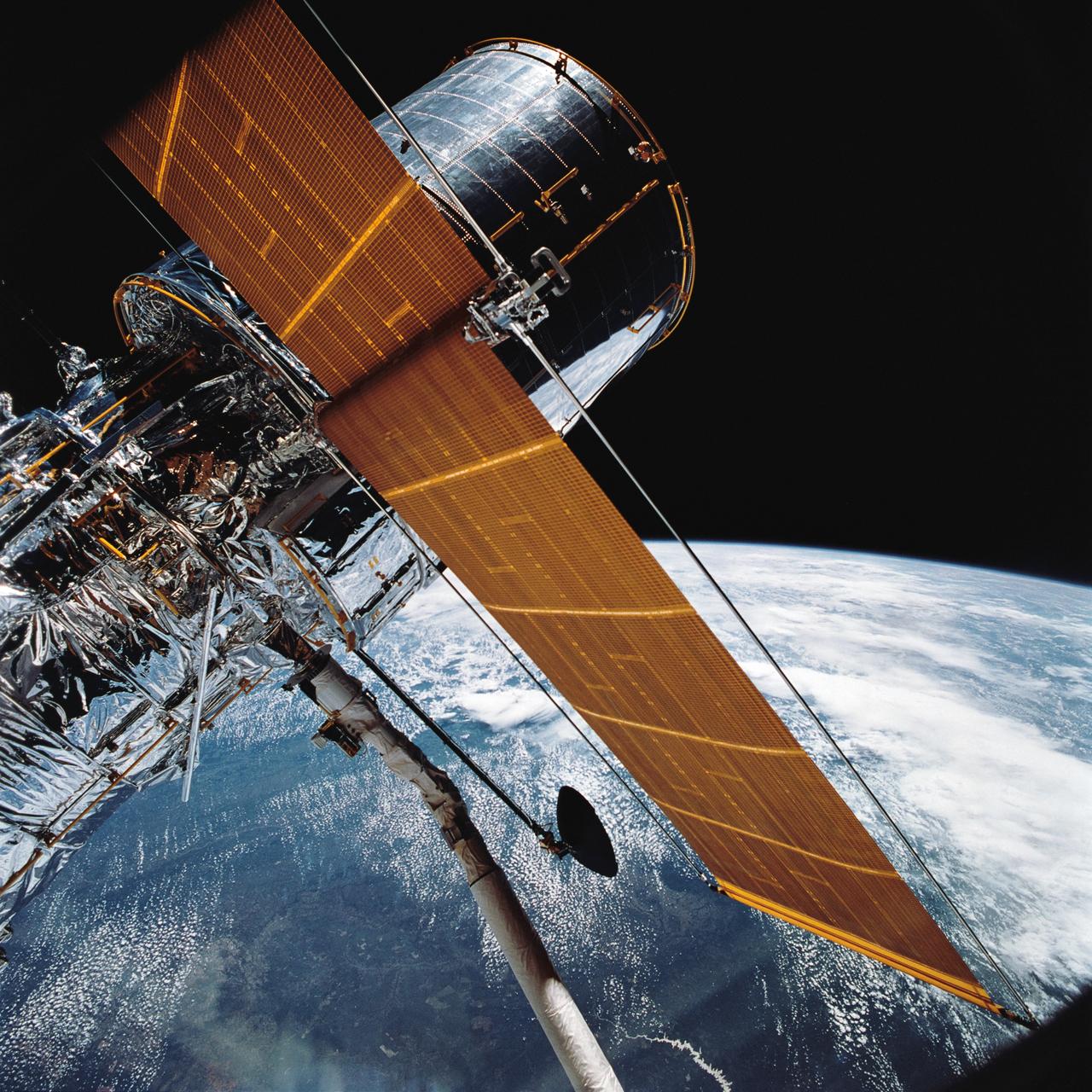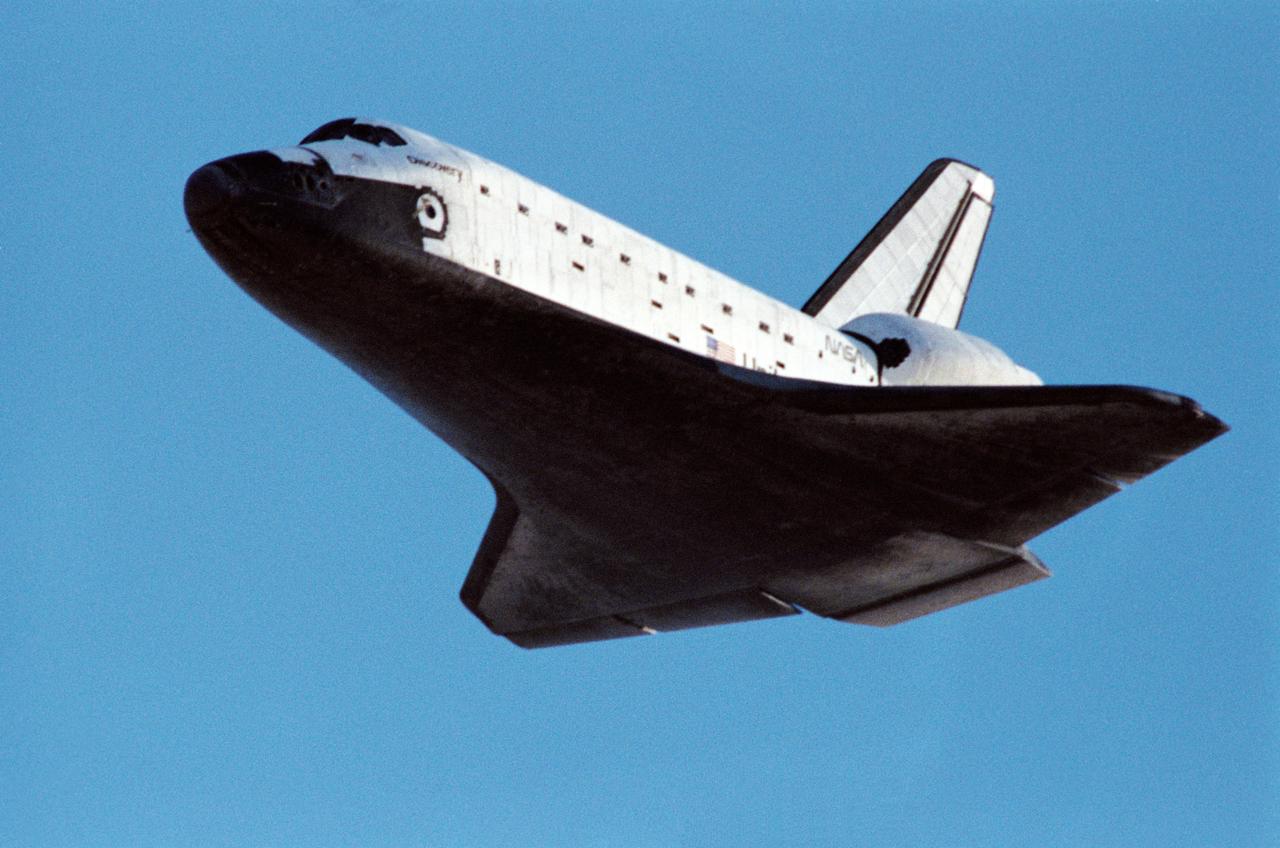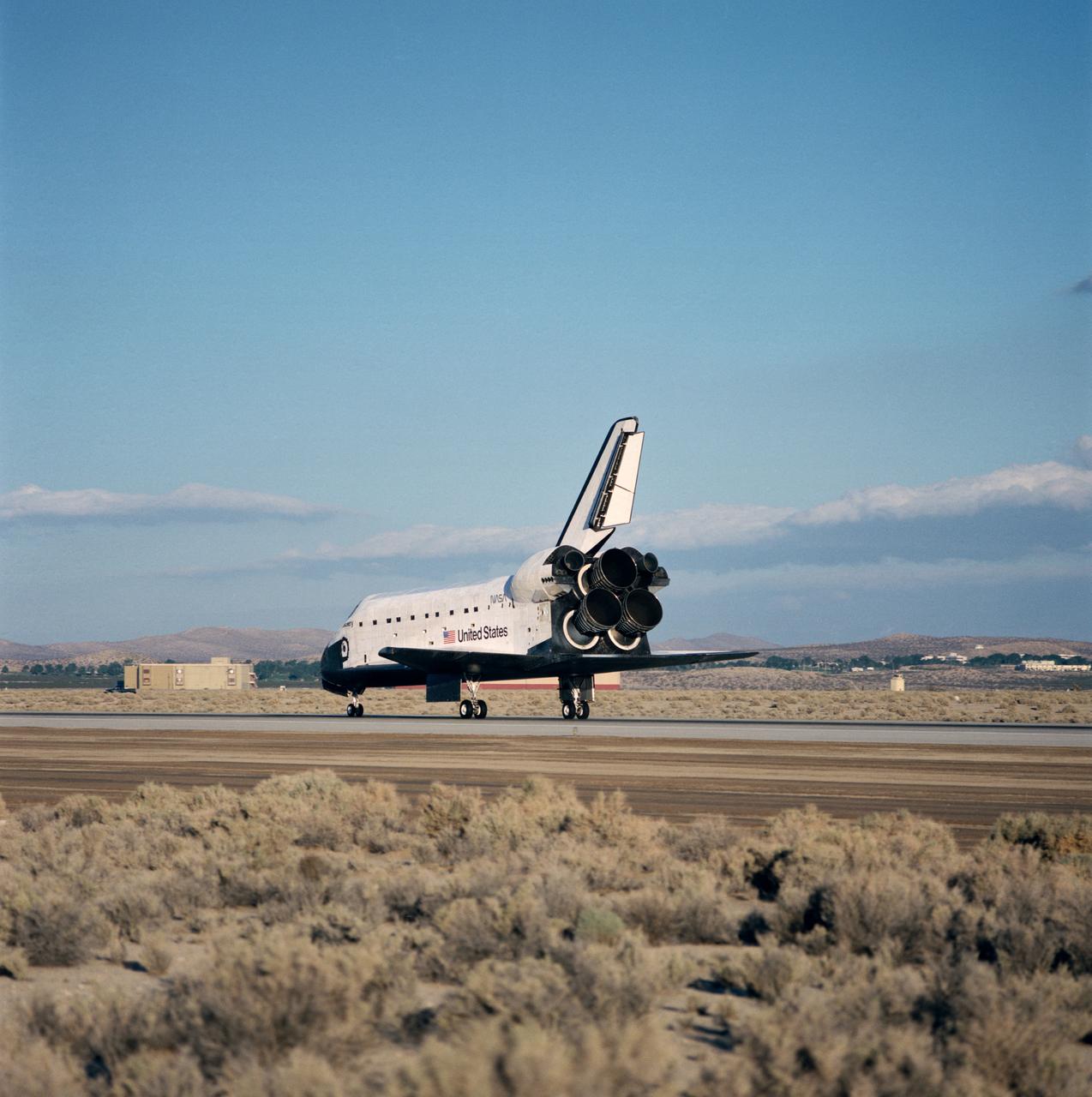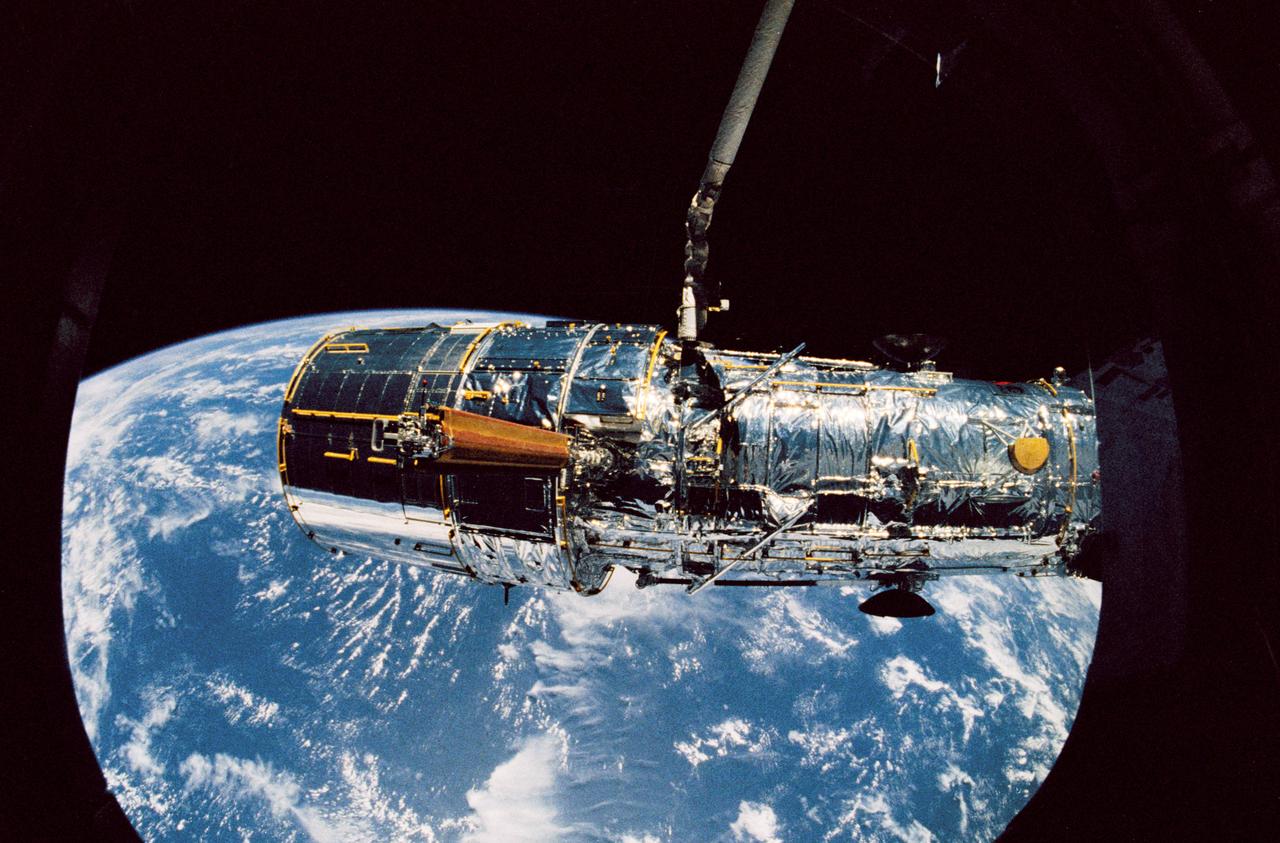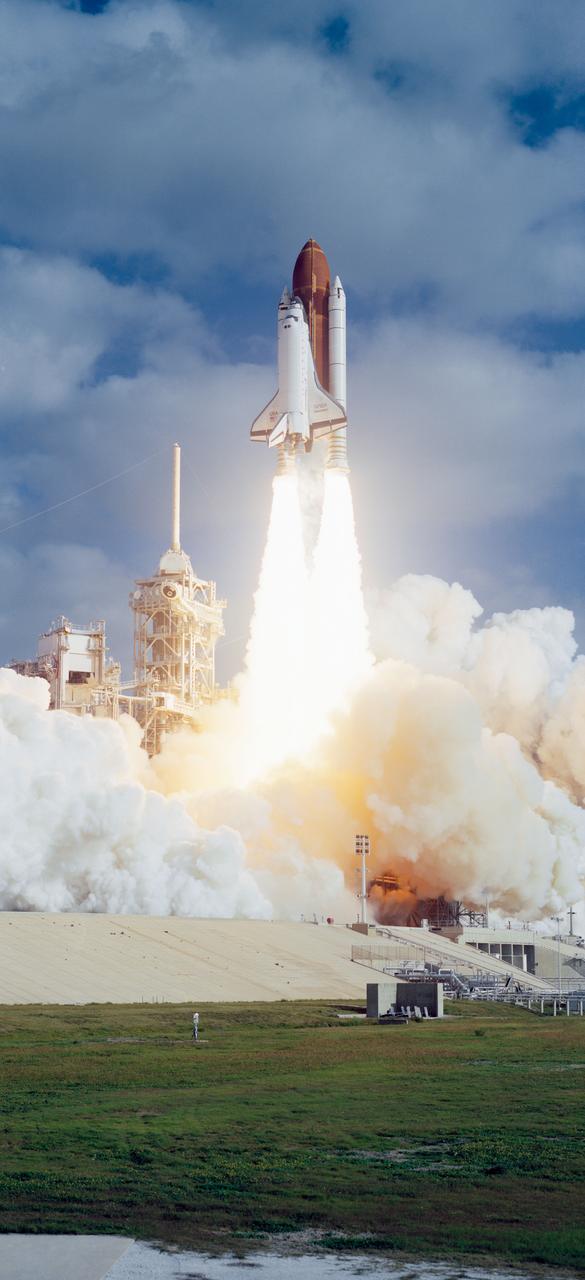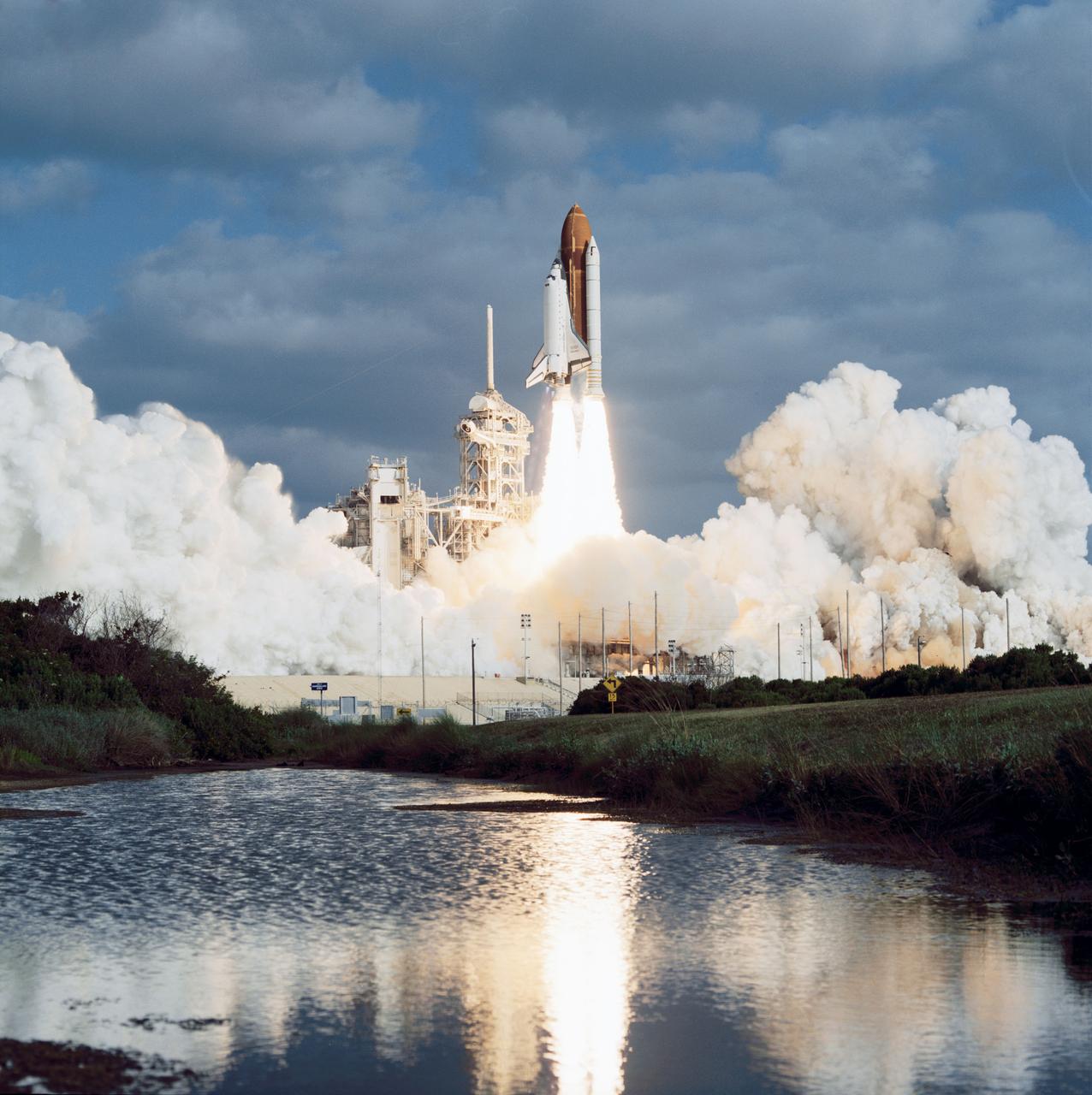STS-31 Fact Sheet
By Cliff Lethbridge

STS-31 — Discovery
35th Space Shuttle Mission
10th Flight of Discovery
Crew:
Loren J. Shriver, Commander
Charles F. Bolden, Jr., Pilot
Steven A. Hawley, Mission Specialist
Bruce McCandless II, Mission Specialist
Kathryn D. Sullivan, Mission Specialist
Orbiter Preparations:
Tow to Orbiter Processing Facility – December 5, 1989
Rollover to Vehicle Assembly Building – March 5, 1990
Rollout to Launch Pad 39B – March 15, 1990
Launch:
April 24, 1990 – 8:33:51 a.m. EDT. Launch had been scheduled for April 18, 1990 then moved to April 12, 1990 and finally April 10, 1990. The Flight Readiness Review (FRR) held before each Shuttle launch resulted in the rare selection of a launch date earlier than originally targeted.
However, a launch attempt on April 10, 1990 was scrubbed at T-4 minutes due to a faulty valve in Auxiliary Power Unit (APU) Number One. The faulty APU was replaced and payload batteries were recharged for flight.
April 24 countdown was held momentarily at T-31 seconds when computer software failed to shut down a fuel valve line on ground support equipment. The valve was shut by manual command and the countdown was resumed.
Landing:
April 29, 1990 – 6:49:57 a.m. PDT at Runway 22, Edwards Air Force Base, California. Rollout distance was 8,889 feet. Rollout time was 61 seconds. Mission duration was 5 days, 1 hour, 16 minutes, 6 seconds. Landing occurred during the 80th orbit. This was the first use of a new carbon braking system on the Shuttle.
Mission Summary:
The primary payload, the Hubble Space Telescope (HST) was deployed to a 380-statute-mile orbit. Secondary payloads included the IMAX Cargo Bay Camera (ICBC) to document activities outside the crew cabin and hand-held IMAX camera for use inside the crew cabin.
The Ascent Particle Monitor (APM) detected particulate matter in the cargo bay. Also flown were Protein Crystal Growth (PCG) experiments, Radiation Monitoring Equipment III (RME III), Investigations into Polymer Membrane Processing (IPMP), SSIP experiments to study the effects of microgravity on electric arcs and Air Force Maui Optical Site (AMOS) experiment.
SELECTED NASA PHOTOS FROM STS-31
